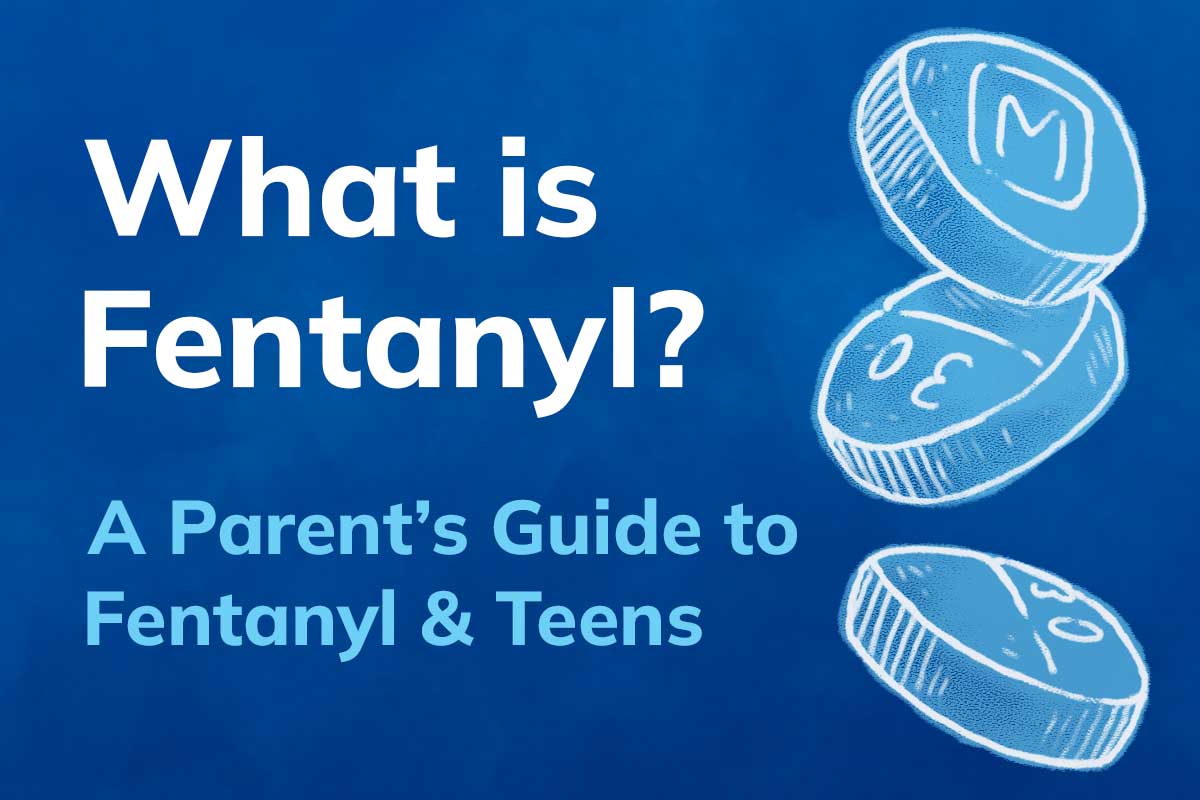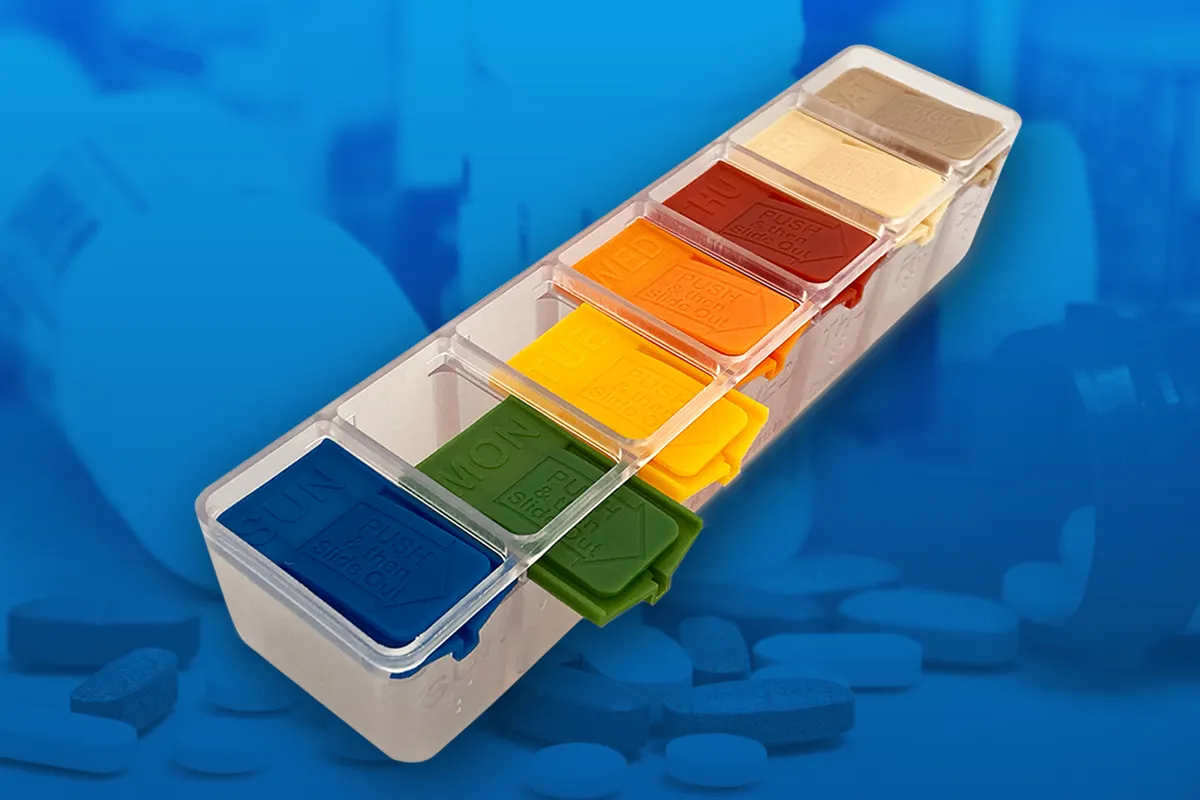Is America in the middle of a public health emergency?
Data from SAMHSA (Substance Abuse and Mental Health Services Administration) highlights the ongoing crisis of mental illness and substance abuse disorder (SUD) in America.
Mental Health and Substance Abuse in America
Key findings from a SAMHSA report released in 2024 (most recent data available) include:
- Nearly 25% of adults (approximately 1 in 4) reported experiencing mental illness in 2023
- 17.1% of the U.S. population, aged 12 or older, (approximately 48.5 million individuals) met the criteria for substance use disorder (SUD)
- 4.5 million adolescents aged 12 to 17 (18.1%) reported experience with major depressive episode (MDE) in the past year, with 856,000 having a co-occurring SUD
Stress and Trauma Can Contribute to Mental Health Issues and Substance Use
Many factors are associated with increased risk of substance use disorders and mental health issues, including environmental factors such as stress and trauma.
The COVID-19 pandemic provided both.
Researchers have determined that the pandemic set the stage for an increase in childhood toxic stress, introducing novel stressors and exacerbating existing stress for children.
Studies have shown that the pandemic and its associated isolation and lockdowns resulted in significant increases in mental health issues such as anxiety, sadness, depression, post-traumatic stress, and sleep disorders in adolescents.
Unfortunately, trauma-related brain changes and exposure to stress can make it more likely that substance use will lead to substance use disorders.
Severe or chronic stress and traumatic exposures can significantly impact the brain, changing the regions and systems involved in behavioral regulation, emotional regulation, and risk and hazard assessment.
Stress can increase someone’s cravings and decrease their ability to control their impulses, and many people may seek to self-medicate with drugs or alcohol to cope with stress, trauma, depression, and anxiety.
When these brain regions are still developing in youth, it makes them particularly vulnerable to the effects of stress and trauma and increases the likelihood of developing substance use disorders later in life.
The pandemic may be over, but it has left its mark in the increased rates of mental illness and substance use disorder we see today.
The Changing Face of the Opioid Crisis
America’s mental illness crisis and substance use increases can have fatal results.
From 2002 to 2022, there was a nearly 300% increase in drug overdose deaths in America, driven primarily by the opioid crisis.
SAMHSA data confirms the continued prevalence of opioid use disorder: In 2023, 8.9 million people aged 12 or older misused opioids. The percentage of those who misused opioids in the past year was highest among adults aged 26 or older (approximately 7.5 million people).
For the last 100 years, opioid misuse has existed in our country. But the face of the opioid crisis has changed over time.
Opium, morphine, and heroin were the opioids most misused until the 1970s. But by the 1990s, the first wave of today’s opioid epidemic was underway, resulting in a spike of overdose deaths from prescription opioid painkillers. By 2010, a second wave of opioid overdose deaths came in the form of heroin. Since 2010, synthetic opioids like fentanyl have been responsible for the majority of opioid-related deaths.
Fentanyl is a synthetic opioid that originally was exclusively manufactured by the pharmaceutical industry for use as an anesthetic and to treat chronic pain from cancer and other illnesses.
It is extremely potent: fentanyl is 100x more potent than morphine and 50x more potent than heroin.
It is also easy and inexpensive to manufacture, which is why fentanyl is often added to counterfeit prescription pills and to street drugs such as heroin, cocaine, and methamphetamines.
Just 2 mg of fentanyl — the equivalent of a couple of grains of salt — can be lethal.
A single dose of fentanyl can be deadly.
It’s even more dangerous for someone who does not have a history of or tolerance to opioid use. Opioid users build up tolerance over time. They require larger amounts and higher doses of opioids to get the same results they once did.
Opioid tolerance is one of the factors that can contribute to opioid use disorder — it’s a built-in “addiction” factor that has contributed to the opioid epidemic.
For a regular opioid user who has built up an opioid tolerance, exposure to fentanyl may not be a problem.
But for a first-time opioid user, even the smallest trace of fentanyl could be deadly.
An anxious or depressed teen who feels compelled to self-medicate their feelings of anxiety, depression, or sadness could be unknowingly risking an immediate overdose death with a counterfeit pill or street drug contaminated with even the smallest amount of fentanyl.
Addressing Mental Illness and Substance Use Disorders
Substance Abuse and Mental Health Services Administration (SAMHSA) is committed to preventing substance use and overdose, enhancing access to suicide prevention and mental health services, promoting resilience and emotional health for children, youth, and families, integrating behavioral and physical health care, and strengthening the behavioral health workforce.
States and communities are also fighting back against mental illness and substance use disorders. California is expanding access to mental health care by integrating behavioral healthcare into Medi-Cal, which serves one-third of all Californians. California has also introduced a number of 24/7 mental health resources, including the 988 crisis line and the CALHOPE online platform to address stress and anxiety.
Families and individuals can also make a difference in the fight against mental illness and substance abuse disorders. Understanding that underlying factors such as stress and trauma can cause both mental health issues and substance use disorders is critical. A family member who is experiencing stress, trauma, or mental health issues may experience brain changes that make it harder to resist self-medicating with drugs or alcohol.
It becomes even more critical to be responsible about the prescription medications that are kept in the home, particularly opioid painkillers. The opioid crisis and the increase in overdose deaths from opioids in recent decades have shown that prescription opioid misuse can be the catalyst for opioid use disorder and fatal overdoses.
If you have prescription medications in the home, lock them up.
If you need help with mental illness or substance use, call the SAMHSA National Helpline at 1-800-662-HELP (4357).
This post was originally published in 2024 and has been most recently updated in 2025 to reflect current statistics and data regarding SUD and mental health disorders.



